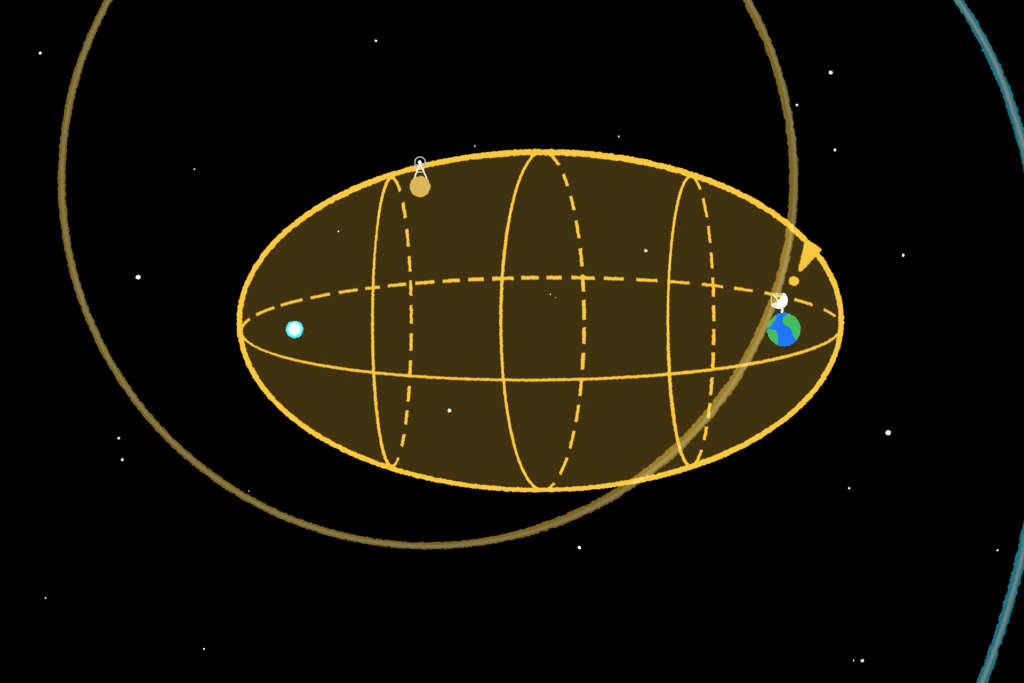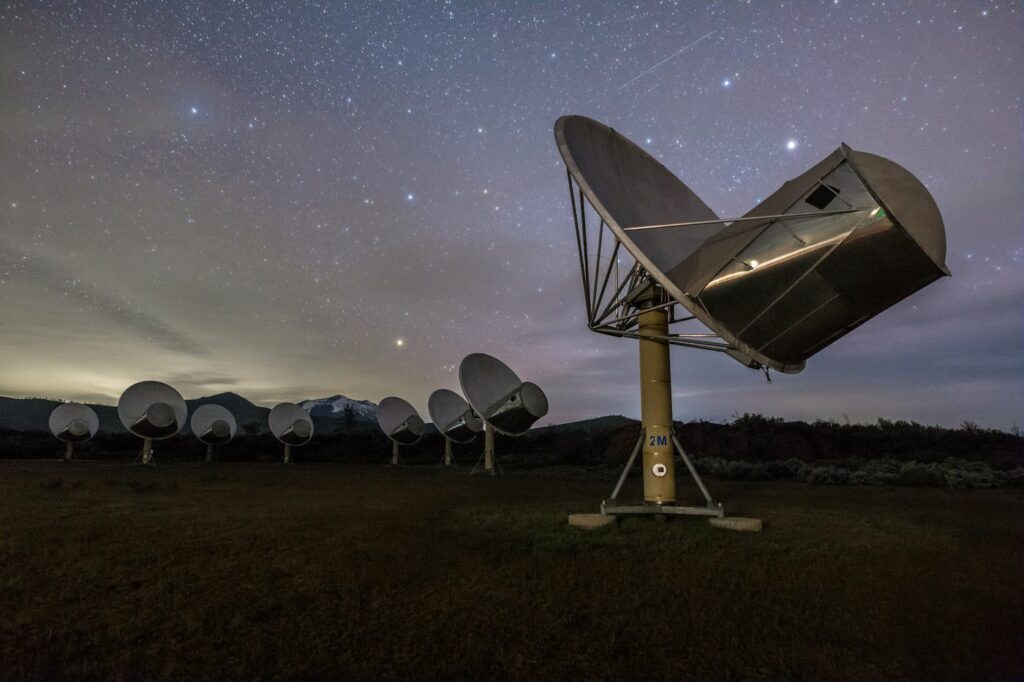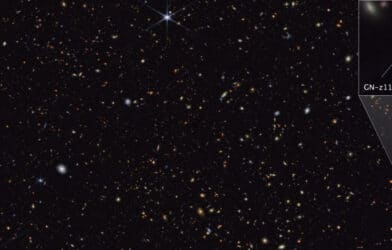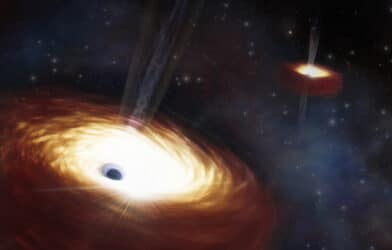A team of scientists has developed an innovative new strategy for hunting extraterrestrial intelligence that takes aim at one of astronomy’s most exciting unsolved mysteries – are we alone in the universe?
In a paper published in the Astronomical Journal, researchers from the SETI (Search for Extraterrestrial Intelligence) Institute, Berkeley SETI Research Center and the University of Washington revealed their work leveraging data from NASA’s planet-hunting TESS satellite to implement a technique called the “SETI Ellipsoid.”
The SETI Ellipsoid concept might sound like something out of a science fiction novel, but it’s grounded in a strategic approach to finding technosignatures, or signs of technology used by other civilizations in the universe. The idea is based on the assumption that extraterrestrial beings, upon observing significant galactic events like supernovae, might choose these moments to send synchronized signals across the cosmos, signaling their presence to others.
Utilizing continuous, wide-field sky surveys, the research team has significantly improved our chances of detecting these elusive signals. The method compensates for timing uncertainties in the signals’ arrival—uncertainties that can span several months—by observing potential targets over the course of a year. This approach not only enhances the precision of our searches but also increases the likelihood of distinguishing between ordinary celestial phenomena and genuine technosignatures.

“New surveys of the sky provide groundbreaking opportunities to search for technosignatures coordinated with supernovae,” said co-author Bárbara Cabrales, in a statement. “The typical timing uncertainties involved are of a couple months, so we want to cover our bases by finding targets that are well-documented over the course of about a year. In addition to that, it’s important to have as many observations as possible for each target of interest, so that we can determine what looks like normal behavior and what might look like a potential technosignature.”
By analyzing data from TESS’s continuous viewing zone—which represents 5% of all TESS data collected in its first three years—the team identified 32 prime targets within the SETI Ellipsoid in the southern TESS continuous viewing zone, refining uncertainties to better than 0.5 light-years. While no anomalies were detected during the initial examination of TESS light curves during the Ellipsoid crossing event, the research lays essential groundwork for future explorations.
The integration of the SETI Ellipsoid technique and Gaia’s advanced 3D location data represents a monumental leap in the search for technosignatures. This combination allows researchers to sift through large archival databases, proactively select targets, and plan future monitoring campaigns with unprecedented precision and adaptability.
Dr. Sofia Sheikh, another co-author, draws an analogy to the enormity of the task at hand: “As Dr. Jill Tarter often points out, SETI searches are like looking for a needle in a 9-D haystack. Any technique that can help us prioritize where to look, such as the SETI Ellipsoid, could potentially give us a shortcut to the most promising parts of the haystack.”
This research not only opens new avenues in the search for extraterrestrial intelligence but also sets a precedent for future large survey projects like the Large Synoptic Survey Telescope (LSST). As humanity reaches out across the cosmic void, initiatives like the SETI Ellipsoid method stand as beacons of hope, guiding us toward potential connections with civilizations among the stars.
The research is published in The Astronomical Journal.

-392x250.png)











Comments